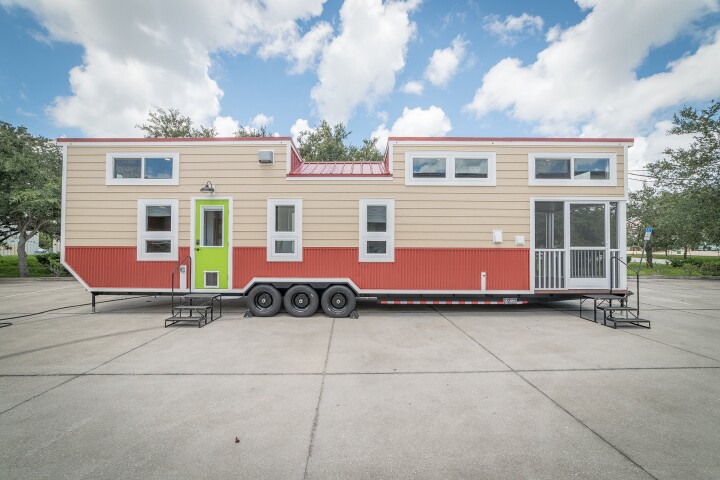If you've ever wondered what the weather is on Mars, wonder no more. Today, NASA published an online tool that will allow the public to get daily Martian weather reports based on data gathered by the space agency's unmanned InSight lander and includes a 24-hr breakdown of the Red Planet's temperature, wind, and air pressure.
Getting weather reports from Mars isn't anything new. Astronomers have been trying to puzzle out Martian meteorology for centuries using Earthbound telescopes and on-the-spot measurements have been available since the Viking landers successfully touched down in 1976.
However, the InSight mission has upped the game because its objective of studying the interior structure and dynamics of the planet requires keeping things as quiet as possible in the vicinity of the instruments to cut out interference. That isn't possible with a small robotic lander, so mission scientists compensate by measuring vibrations caused by wind and pressure changes as well as temperature fluctuations, then cancelling them out mathematically.

It's for this reason that InSight is equipped with the Auxiliary Payload Subsystem (APSS) instrument package that monitors the weather 24 hours a day – or 24 hours, 39 minutes, since we're talking about Mars. This helps keep the Seismic Experiment for Interior Structure (SEIS) accurate by not only looking at standard weather parameters, but also the local magnetic field thanks to a UCLA-made magnetometer found under the edge of the lander's deck.
Air temperature and wind sensors known as the Temperature and Wind for InSight (TWINS) sit on booms located on the lander's deck. Built by Spain's Centro de Astrobiología, TWINS detects strong winds that could mess with seismic monitoring and works in conjunction with the lander's cameras to help better understand how the wind picks up the dust on the Martian surface.
The online Mars weather tool was made by the Jet Propulsion Laboratory in Pasadena, California, Cornell University, and Centro de Astrobiología in Madrid. Oh, and if you're interested, the weather on February 17 was a high of 2⁰ F (-17º C), a low of -138º F (-95º C), and SW winds of 37.8 mph (60.8).
The daily Martian weather reports are available here.
Source: NASA






